
LOUISVILLE, Ky. — When gunshots rang out shortly before 9 p.m. on Wednesday, Lt. William Vogt of the Louisville Metro Police Department saw a fallen colleague just 15 feet away. He quickly dragged his fellow officer to safety, but then looked up to a scene that put him even more on edge: several of his colleagues with their guns drawn, facing a crowd of protesters.
“My thought is, ‘Please do not,’ ” Vogt, the head of the police’s special response team, said in an interview Thursday.
Some officers in Louisville feel besieged. Protesters are fed up with what they consider abusive policing. And clashes between police and protesters have escalated in the six months since Breonna Taylor was killed in her apartment by officers. Calm seems a long way off.
The tensions spilled onto the street Wednesday after a grand jury charged one former officer with wanton endangerment for firing recklessly but did not charge the two officers who shot Taylor. Amid protests in Louisville that night, two officers were shot.
Facing open hostility from residents, many officers say that city and police officials contributed to the anger in the community by being slow to release crucial details in the case. Officers accuse the top brass of not standing up for the rank and file.
Several officers said the city did not do the department any favors by reaching a $12 million settlement with Taylor’s family before the grand jury announcement. That gave the impression there was something fundamentally wrong with the Police Department before the facts of the case were made available, they said.
Shortly before the city’s curfew Wednesday, Vogt was staring down his worst nightmare: Two of his colleagues had been shot, and there was a chance that officers may open fire on protesters.
“It’s almost like a precipice,” he said. “You’re walking on that edge, and don’t know what incident will happen that is beyond your control and you will fall over.”
The Police Department has been drastically upended since Taylor’s killing.
The police chief, Steve Conrad, was fired after police and the Kentucky National Guard got into a shootout and killed a local restaurant owner during a night of protest. The interim chief, Robert J. Schroeder, is expected to retire at the end of the month and a new interim chief will step in temporarily until a permanent replacement is hired.
“For all of us it is a very tense and emotional time,” Schroeder said during a news conference Thursday. “I think our officers are in good spirits, given the conditions that we’re in in the city right now.”
The department has put in place several reforms. No-knock warrants — one of them was initially given for the raid on Taylor’s home before it was changed — have been banned. The city expanded the requirements for the use of body cameras. The city also plans to offer incentives for officers to live in the neighborhoods they patrol, to rely on social workers to help resolve some disputes and to introduce additional drug testing for officers.
The latest setback for the department came with the shootings Wednesday of Maj. Aubrey Gregory, a 21-year veteran who was struck in the hip, and Officer Robinson Desroches, who was shot in the stomach. Both men were expected to recover, police said.
Authorities charged Larynzo Johnson, 26, on Thursday with two counts of assault on a police officer and 14 counts of wanton endangerment.
Just a week before he was shot, Gregory gave an emotional account at a public hearing of the challenges the force has faced and the stress of having to police a city that some officers believe is hostile to them. He described leading a police response when protesters took over a city bridge in May, his officers surrounded by an angry crowd. “Their vehicles were attacked,” he said.
At the same moment his men were trying to help the surrounded squad cars, he said, other protesters began trying to tip over a police van near Metro Hall.
“As that occurs, shots ring out and people go down,” he said. “Not only was there gunfire, but there was also a large explosion from commercial-grade fireworks.”
Several protesters were injured but the crowd would not disperse, he said. In order for the officers to get to them, he said, he ordered the use of tear gas for the first time. They reached one victim, who was shot in his femoral artery, Gregory said, and rushed him to a hospital in a police vehicle.
Dewena Nance-Pittman, a 19-year-old junior at the University of Louisville who has been protesting Taylor’s killing for several months, said she thought the vitriol that officers faced from protesters was understandable given the history of police brutality against minority communities.
“Because of the way that Black people are over-policed, we’re just tired of always seeing police officers on guard whenever they see us,” she said. “Of course there’s always going to be hostility and retaliation.”
She felt little sympathy, she added, for the rage that officers had to endure during protests. “They knew what they were signing up for whenever they became a police officer,” she said.
In many ways, the differing perspectives of the police and protesters over the unrest rippling across the country represent colliding worldviews.
Critics see the police as a racist institution that needs to be aggressively overhauled, while many officers see the protesters as violent and lawless, overreacting to “a few bad apples” in their profession.
“You DO NOT DESERVE to be in this position,” Sgt. Jonathan Mattingly, one of the officers involved in the fatal raid on Taylor’s apartment, wrote in an email to his colleagues this week. “The position that allows thugs to get in your face and yell, curse and degrade you. Throw bricks, bottles and urine on you and expect you to do nothing.”
Some officers in Louisville have closed ranks around their three colleagues who fired shots into Taylor’s apartment — Mattingly, and Detectives Brett Hankison and Myles Cosgrove — pointing out that they were shot at first. Others have privately expressed misgivings about Hankison, who was the only one to be fired and charged with a crime — a minor felony for recklessly firing his weapon. Hankison is planning to plead not guilty when he is arraigned, his lawyer, Stew Mathews, said Thursday.
Dr. Mike Freville, the department’s mental health counselor for nearly a decade, said he got an alert on his phone roughly two minutes after the officers were shot Wednesday and immediately went to the hospital where they were being treated. A room down the hall from the ER had been set aside for the dozens of other officers who had poured in.
“It was ranging from somebody just staring into space, some people talking — and some people weeping,” he said. “They feel sorry for the one that has been shot, and they sometimes feel guilty that they could not be closer to help, and they are thinking, ‘Wow, that could have been me.’ ”
In a sign of how much their stature in the community has changed, he said that officers who are assigned squad cars no longer use them to do errands while off duty.
“They get home as quickly as possible and don’t touch the car until they go back to work the next day,” he said. “They used to be able to run into a store in uniform — now they don’t do that. Part of their brain knows that the vast majority of the public still supports them, but they don’t hear from those people.”

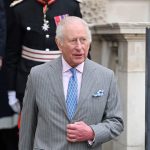
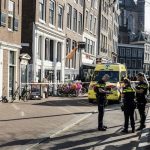
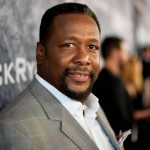

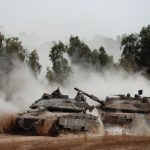

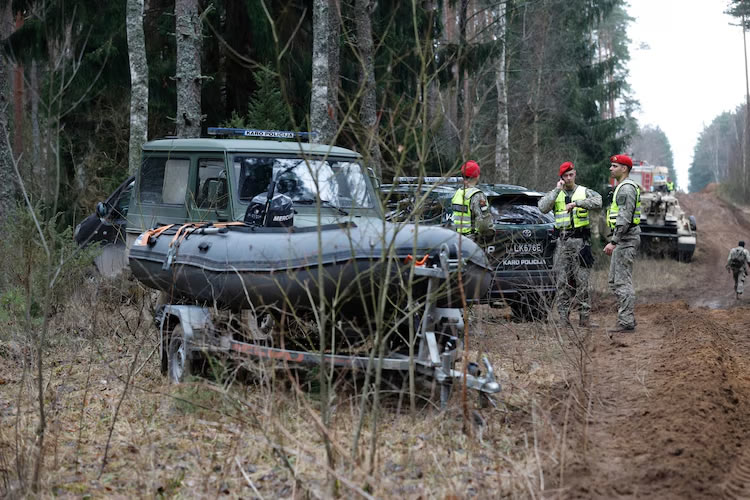
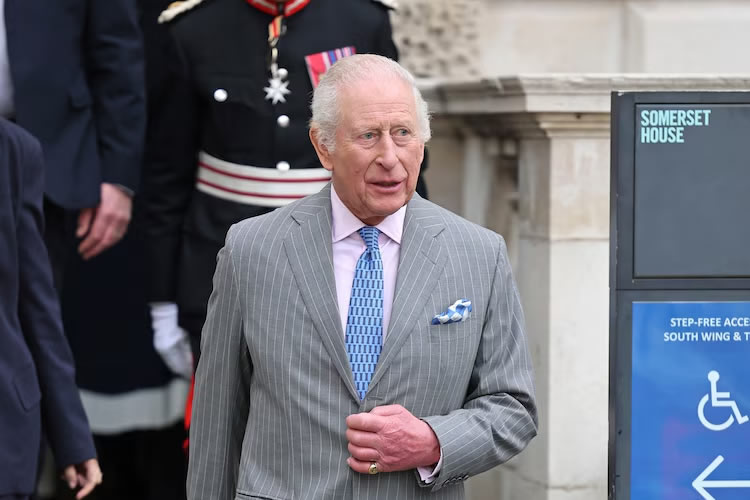
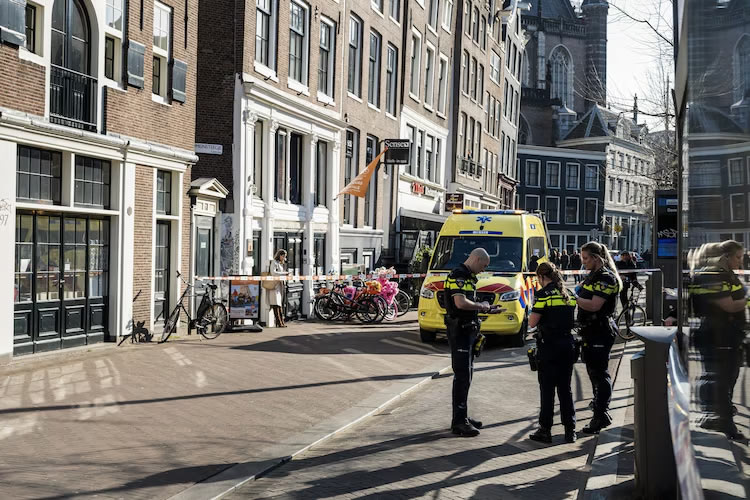
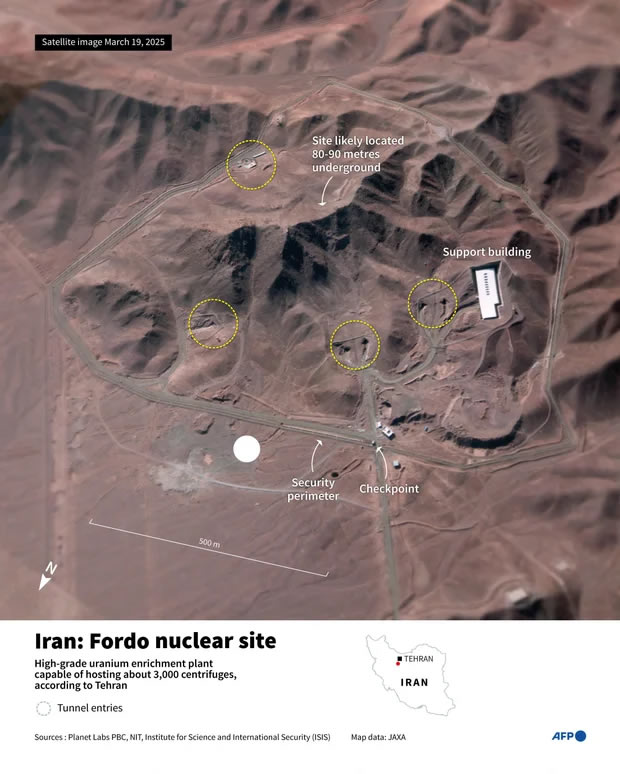
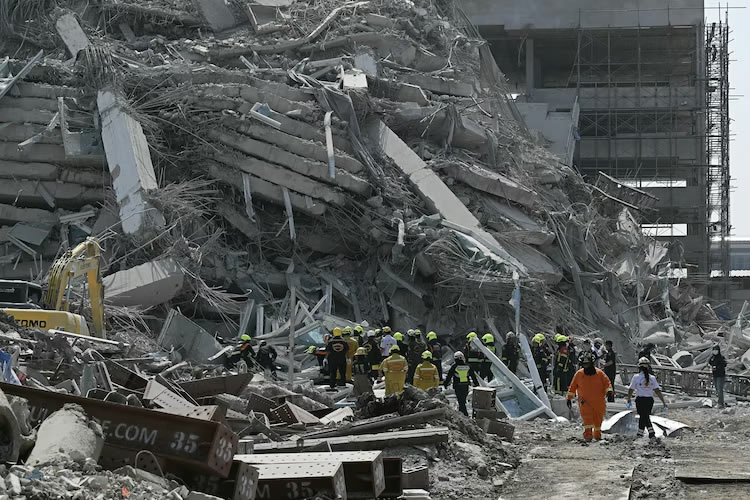

+ There are no comments
Add yours